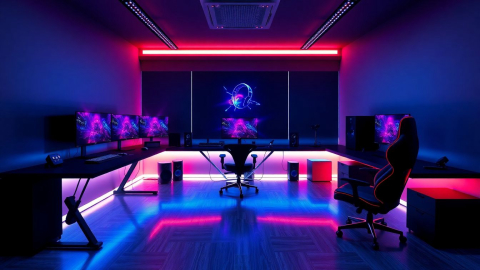Exploring Interior Design Salaries: Trends, Factors, and Career Prospects

In the ever-evolving world of interior design, professionals are constantly seeking to create functional, safe, and beautiful spaces that reflect the needs and desires of their clients. As the industry continues to grow and adapt to new technologies and design trends, it's crucial for aspiring and established interior designers alike to understand the financial landscape of their chosen field. This comprehensive exploration of interior design salaries will delve into the various factors that influence earnings, examine current trends, and provide insights into the career prospects for professionals at different stages of their careers.
The Current State of Interior Design Salaries
Interior design offers a diverse range of career opportunities, with salaries varying widely based on factors such as experience, location, and specialization. According to recent data from Salary.com, the average salary for an entry-level interior designer in the United States is $50,202, with the range typically falling between $39,802 and $55,102. However, this is just the starting point for a career that can lead to significantly higher earnings as designers gain experience and expertise.
As interior designers progress in their careers, their earning potential increases substantially. The U.S. Bureau of Labor Statistics reports that the median annual wage for interior designers is $60,340, indicating that many professionals in the field are able to command higher salaries as they establish themselves in the industry.
Factors Influencing Interior Design Salaries
Several key factors play a role in determining an interior designer's salary:
Experience and Expertise
One of the most significant factors in an interior designer's earning potential is their level of experience. As designers progress from entry-level positions to more senior roles, their salaries tend to increase accordingly. For example, a senior interior designer with 7 or more years of experience can expect to earn significantly more than an entry-level designer.
Education and Certification
While formal education is not always required to become an interior designer, it can have a substantial impact on earning potential. Many employers prefer candidates with a bachelor's degree in interior design or a related field. Additionally, professional certifications, such as those offered by the National Council for Interior Design Qualification (NCIDQ), can lead to higher salaries and more opportunities for career advancement.
Geographic Location
Salaries for interior designers can vary significantly based on location. Cities with higher costs of living and more robust design industries tend to offer higher salaries. For instance, interior designers in San Francisco, California can expect to earn about 25% more than the national average, while those in Miami, Florida may earn slightly less than the national average.
Specialization and Industry
Interior designers who specialize in particular areas, such as healthcare design or sustainable design, may be able to command higher salaries due to their expertise in niche markets. Additionally, designers working in certain industries, such as high-end residential or luxury commercial projects, often have the potential to earn more than those in other sectors.
Company Size and Type
The size and type of company an interior designer works for can also impact their salary. Designers working for large architectural firms or well-established design studios may earn more than those working for smaller companies or as freelancers. However, self-employed designers have the potential to earn significantly more as they build their client base and reputation.
Career Progression and Salary Growth
As interior designers gain experience and expertise, they can expect their salaries to increase. The career path for an interior designer typically progresses as follows:
- Entry-Level Designer: With 0-2 years of experience, entry-level designers earn an average of $50,202 per year.
2. Mid-Level Designer: Designers with 2-4 years of experience can expect to earn about 17% more than entry-level designers.
- Senior Designer: With 4-7 years of experience, senior designers may earn around 31% more than entry-level designers.
4. Design Manager or Director: As designers move into management roles, their salaries can increase significantly, potentially reaching six figures for top positions in larger firms or prestigious design studios.
It's worth noting that these figures are general estimates, and individual salaries can vary based on the factors mentioned earlier.
The Impact of Technology on Interior Design Salaries
The interior design industry has been significantly impacted by technological advancements in recent years. Proficiency in computer-aided design (CAD) software, 3D modeling tools, and virtual reality applications has become increasingly important for designers. Those who are skilled in using these technologies may have an advantage in the job market and may be able to command higher salaries.
Additionally, the rise of online interior design services has created new opportunities for designers to work remotely and reach a broader client base. While this has increased competition in some areas, it has also opened up new avenues for designers to showcase their skills and potentially increase their earnings.
Challenges and Opportunities in the Interior Design Industry
While the interior design industry offers many opportunities for career growth and financial success, it also faces some challenges. The U.S. Bureau of Labor Statistics projects little to no change in employment for interior designers over the next decade. This means that competition for jobs may be fierce, and designers will need to continually update their skills and stay current with industry trends to remain competitive.
However, there are also exciting opportunities emerging in the field. The growing focus on sustainable design and wellness in interior spaces has created new niches for designers to specialize in. Additionally, the increasing importance of technology in design processes offers opportunities for designers who are adept at using cutting-edge tools and software.
Strategies for Maximizing Earning Potential
For interior designers looking to increase their earning potential, consider the following strategies:
- Continuous Education: Stay up-to-date with the latest design trends, technologies, and best practices through ongoing education and professional development.
2. Networking: Build strong relationships within the industry to increase your visibility and access to high-paying opportunities.
- Specialization: Consider developing expertise in a specific area of interior design, such as sustainable design or healthcare design, to differentiate yourself in the market.
4. Portfolio Development: Create a strong portfolio that showcases your best work and demonstrates your unique style and capabilities.
- Business Skills: Develop strong business and project management skills, which are especially important for self-employed designers or those aspiring to leadership positions.
6. Certification: Pursue professional certifications to demonstrate your expertise and commitment to the field.
Conclusion: A Promising Future for Interior Design Professionals
While the interior design industry may face some challenges in the coming years, it continues to offer exciting opportunities for creative professionals who are passionate about creating beautiful and functional spaces. By understanding the factors that influence salaries in the field and adopting strategies to maximize their earning potential, interior designers can build rewarding and financially successful careers.
As the industry continues to evolve, those who stay adaptable, embrace new technologies, and remain committed to excellence in their craft will be well-positioned to thrive in this dynamic and rewarding field. Whether you're just starting your career or looking to take your interior design practice to the next level, understanding the salary landscape is an essential step in achieving your professional goals.
References and Further Reading
- Entry Level Interior Designer Salary | Salary.com
- Average Interior Designer Salary | PayScale
- Interior Decorator Salary | Schools of Interior Design
- Interior Designer Salary in United States | Mint
- Interior Designers | CollegeGrad
- Interior Designer I Salary | Salary.com
- Hourly wage for Interior Designer IV | Salary.com
More Articles
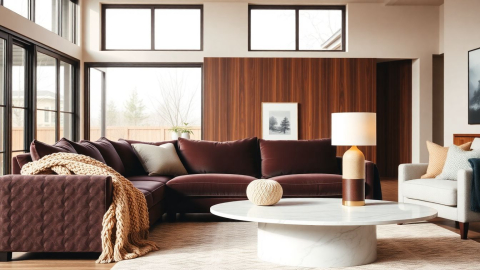
Living Room Interior Design Trends 2024: A Bold New Era of Comfort and Style
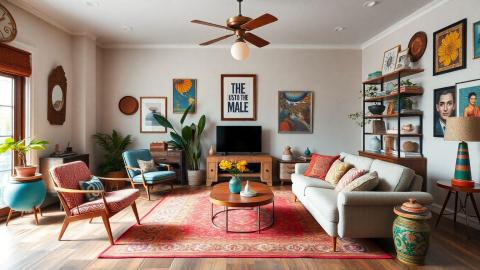
The Art of Eclectic Interior Design: Blending Styles with Soul
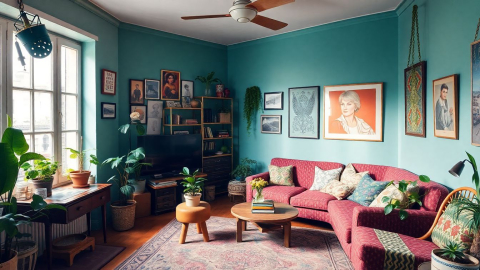
Bohemian Rhapsody: The Hilarious Truth About Living on the Fringes
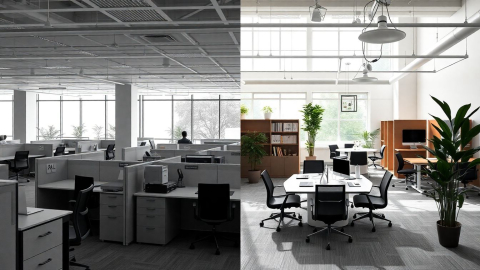
The Evolution of Office Interior Design: Creating Productive and Inspiring Workspaces
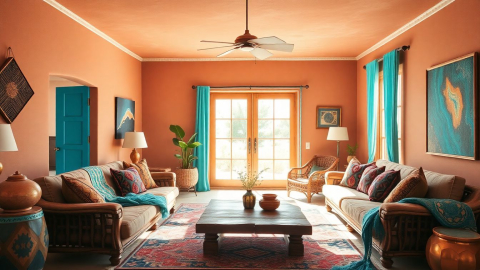
Southwestern Interior Design: A Timeless Blend of Desert Chic and Cultural Heritage
